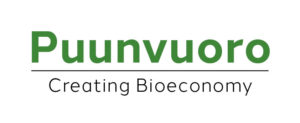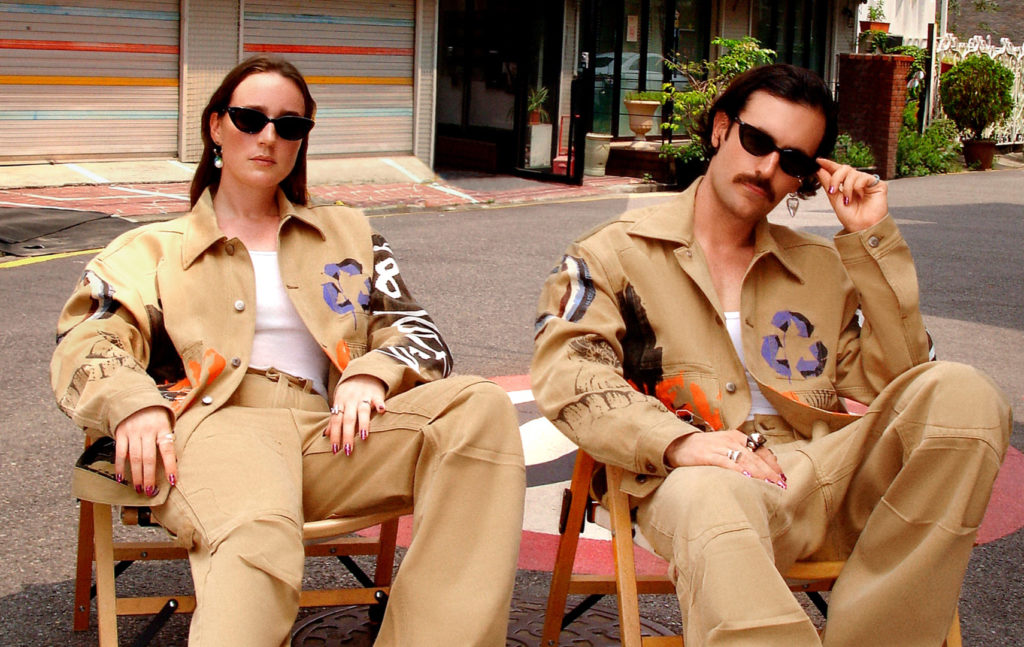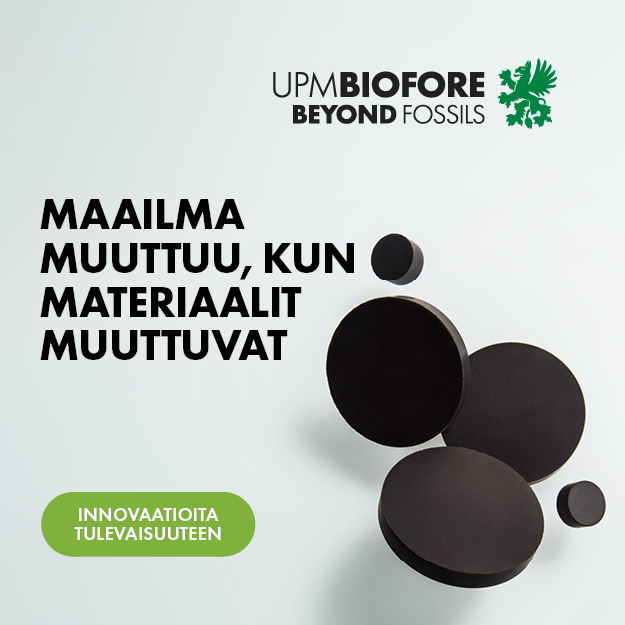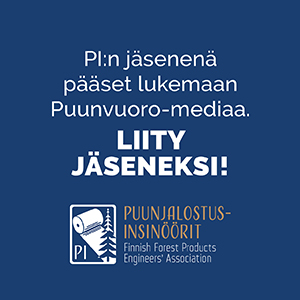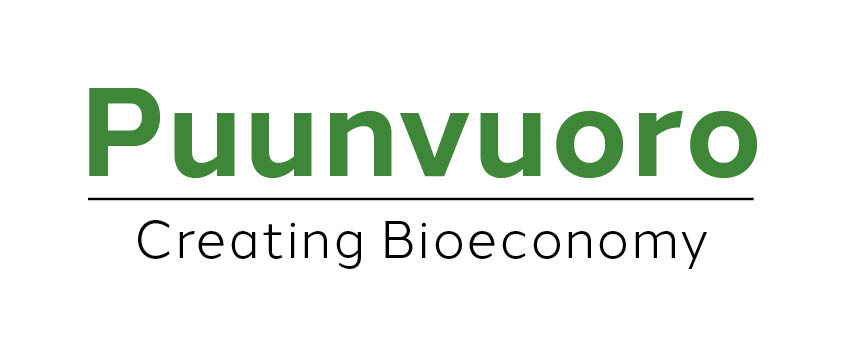The Swedish H&M Group decided to address the issue by investing in Infinited Fiber Company.
“Expanding and diversifying our selection of materials with solutions such as the Infinited Fiber Company’s Infinna fibre plays an important role in our efforts to reach our sustainable development targets. It also offers us a way to contribute to the transformation of the entire industry,” says Investment Manager Erik Karlsson from H&M CO:LAB. Karlsson is in charge of sustainable fashion in the investment companies of H&M.
What makes the Infinna recycled fibre particularly interesting is that its properties are viable for many product applications.
“Infinna is a perfect match with the materials and technologies we need in order to reach our 2030 target of only using recycled or more sustainable sources of materials in our products. That is why we must ensure that innovative fibres, such as Infinna, get developed and commercialised.”
According to Karlsson, H&M’s experiences with Infinna have proven that the material is more cotton-like than many other new cellulose fibres.
“Cotton is our top material in terms of volume. Therefore, we are extremely interested in any alternatives that could be used as a substitute for cotton. We believe that Infinna has extremely high market potential.”
The question of resources
Petri Alava, CEO of Infinited Fiber Company, appreciates the know-how of the company’s major corporate customers in matters such as consumer insight.
“We have no direct contact with consumers. As a technology company, our role is to enable more sustainable means of industrial material production.”
Of course, Alava and the company have an understanding of the appreciation for sustainability, responsibility and recyclability as well as the legislation that adjusts the operating environment. In a wider sense, megatrends also change the world in various ways, affecting the demand for different products.
“However, when it comes to more detailed consumer insight and analysis of changes in consumer habits, we rely on businesses such as H&M and Adidas. They offer strategic input. Nevertheless, issues such as the scarcity of resources are real. It is obvious that we must change our ways of using materials.”
Infinited Fiber Company is also about to face some changes in its operations as the company is planning to open a new, industrial-scale recycled fibre factory in Veitsiluoto, Kemi, in early 2026, thus strengthening its connection with consumers.
“We have already concluded various supply contracts. From early 2026 onwards, we will also be involved in production and assume responsibility over traceability, energy consumption and other questions of sustainability.”
From VTT to Infinited Fiber Company
The roots of what is now Infinited Fiber Company go back a long way. In the 1990s, Ali Harlin and his team at VTT started researching cellulose carbamate. In 2015, Alava and Harlin went commercial with the technology developed by the researchers, founding Infinited Fiber Company.
The company’s recycled fibre technology currently uses cotton-based textile waste. However, the technology can also utilise paper and straw for its recycled fibre production.
The result is a new, cotton-like textile fibre.
Various well-known consumer brands, such as H&M, Adidas and the e-commerce giant Zalando, have already invested in the company and its recycled Infinna fibre.
